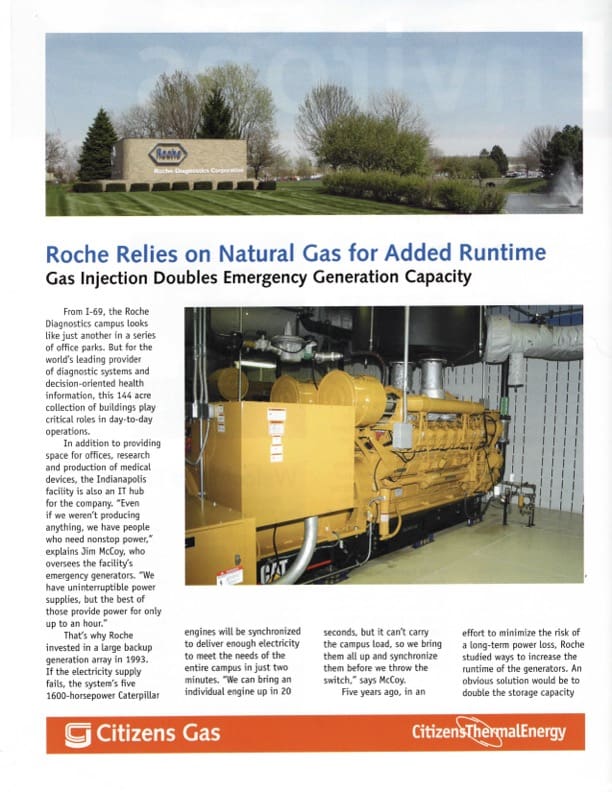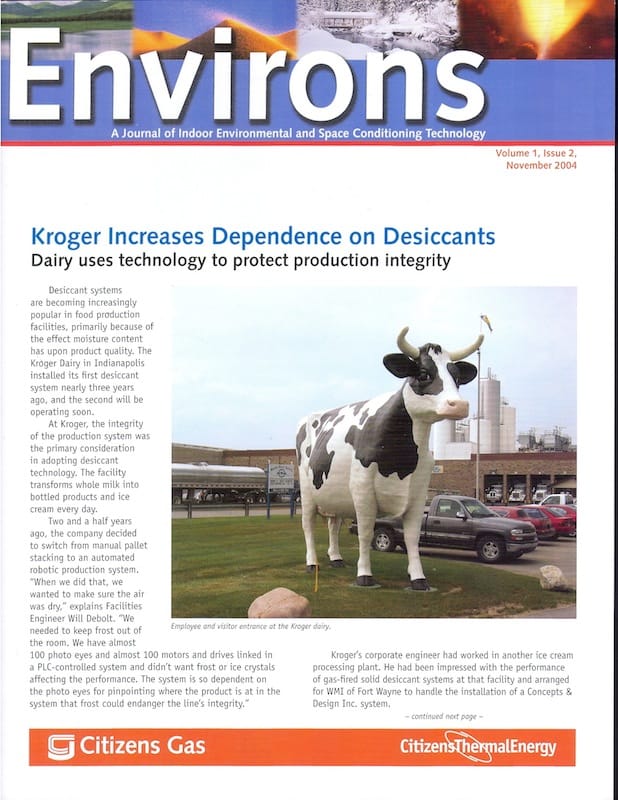Case studies are just fascinating stories of how you do what you do
Case studies are one of the most powerful weapons in your marketing arsenal. Writing case studies is a particularly effective way to describe what you did for someone, how you did it, why you did it that way, and what the results were.
Case studies work well because they’re factual, and because people like to read about the challenges others face. Case studies are amazingly versatile, as you can use them in advertising, mailings, in email or printed newsletters, on your website, as articles in trade magazines, and in brochures and other literature.
Outsourcing case studies to a professional writer like me frees up your time and ensures that your message is presented as effectively as possible.
Citizens Gas, Indianapolis
Objective: Communicate innovative ways industrial clients use natural gas.
Description: Case study in quarterly magazine.
Excerpt: We have almost 100 photo eyes and almost 100 motors and drives linked in a PLC-controlled system and didn’t want frost or ice crystals affecting the performance.
North American Green, Poseyville, IN
(With Ten Adams Marketing & Advertising)
Objective: Spotlight product benefits.
Description: Case study in trade magazine ad.
Excerpt: The C350 combines the exceptional erosion control and mulching characteristics of natural coconut fibers with permanent turf reinforcement capabilities of a high strength, UV stabilized three-dimensional netting structure. This unique, patented design enabled the C350 to effectively protect the park’s slopes against 15 to 20-foot flow depths from a 50-year Ohio River flood soon after installation.
Citizens Gas, Indianapolis

Objectives: Audience education
Description: Newsletter
Excerpt: That’s why Roche invested in a large backup generation array in 1993. If the electricity supply fails, the system’s five 1600-horsepower Caterpillar engines will be synchronized to deliver enough electricity to meet the needs of the entire campus in just two minutes. “We can bring an individual engine up in 20 seconds, but it can’t carry the campus load, so we bring them all up and synchronize them before we throw the switch,” says McCoy.

